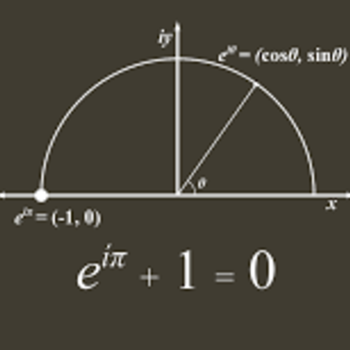How do you use the quadratic formula to solve #4.8x^2=5.2x+2.7#?
2 Answers
See a solution process below:
Explanation:
First, move each term to the left side of the equation to equate it to
The quadratic formula states:
For
Substituting
Rounded to the nearest hundredth.
Explanation:
A quadratic equation is in the from
First subtract
The quadratic formula:
Just insert the respective coefficients into the formula to get
Find the value of the square root:
Solve the fraction separately, once using addition and once subtraction:


